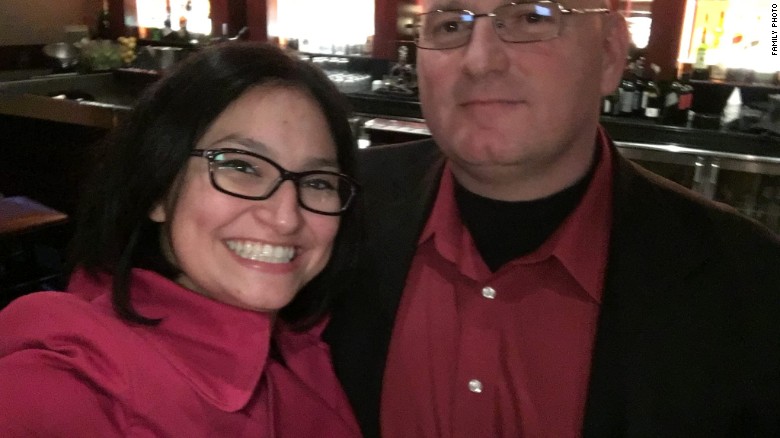It was a celebratory day earlier this summer as officers in the Kansas City, Kansas, police department were being promoted to captain.
The room was overflowing, and Chief Terry Zeigler was overseeing the promotions. Capt. Robert Melton was down the hall managing the office.
An anonymous 911 call alerted police that a car was driving recklessly and someone in the car was shooting near a housing complex. Melton raced to the scene without hesitation.
Moments later, the chief received another call. There had been an officer-involved shooting.
“And the first thing you think is we shot somebody. And then they said Melton’s been shot,” Zeigler recalled.
The room emptied.
“I am thinking to myself, ‘Ok, well, he is probably alright. He was wearing his bullet-proof vest. He always wears his vest,'” Zeigler said.
Soon after, an update came in from one of the other officers.
“I know he had his vest on. And (the officer) said, ‘Yeah that doesn’t matter. He got shot in the head,'” Zeigler remembered.
Family, friend and fighter
Melton spent more than a quarter of a century in law enforcement and was a decorated veteran who served several tours in Iraq and Afghanistan. He received several military honors, including the Bronze Star.
Melton loved his military career, but his family and fellow officers always came first.
“The weekends were for us, the evenings were for us. It was for family,” said Officer Zeta Bates, Melton’s fiancée and colleague at the department. Bates wears Melton’s badge close to her heart. The badge, a gift from the San Antonio Police Department, has Melton’s name on one side and a poem on the back.
“The expression ‘family and police officers’ can’t be any more true. I mean, we all bleed blue,” Bates said.
A community mourns
The Kansas City Police department, which hadn’t lost an officer in almost two decades, faced another tragedy just weeks earlier when Det. Brad Lancaster was shot and killed while pursuing a suspect.
The chief tasked Melton to help plan Lancaster’s funeral. Melton’s notes resulted in a detailed guide to assist in planning a police officer’s funeral.
“When he turned it in, he said, ‘It is all done. Put it on the shelf. Hopefully, we will never have to use it again.’ And then less than two weeks later we are pulling that book off the shelf. To try and navigate another funeral, and this time it was his,” Zeigler said.
A crowd of more than 1,000 people, including law enforcement officers from across the country, filled the stadium to honor and mourn Melton. Mourners donned blue and black ribbons with Melton’s badge number, 1799. Yet again, the town was holding a funeral for another fallen officer killed in the line of duty.
“The outpouring of support from our community has been phenomenal,” Zeigler said.
Bates choked back tears as she thought back to that day.
“At his funeral we were at his graveside. And Chief Zeigler was presenting that flag. I never in a million years pictured that would be me being given that flag.”
His plan, his funeral
By crafting the department’s protocol manual, Melton wrote his own funeral ceremony. From the flyover of helicopters to the riderless horse, he documented every detail.
“I mean, the way the casket entered the stadium, the way it was taken out, honor guard, the graveside service … Those little things to detail that he thought would be significant for the Lancaster family, we wanted to make sure we repeated that for his family,” Zeigler said.
“Not only was he a hero in our community, but an American hero. He was on the front lines fighting terrorism to keep our nation safe.”
It was a sentiment that echoed throughout the ceremony that was so eloquently created by the very man who was being buried.
